Stethoscopes are used to listen to a person's heart and breathing. You can make a very basic stethoscope easily using just a cardboard tube, tape and a funnel.
This is a brilliant science activity for younger children as part of a doctor role play activity.
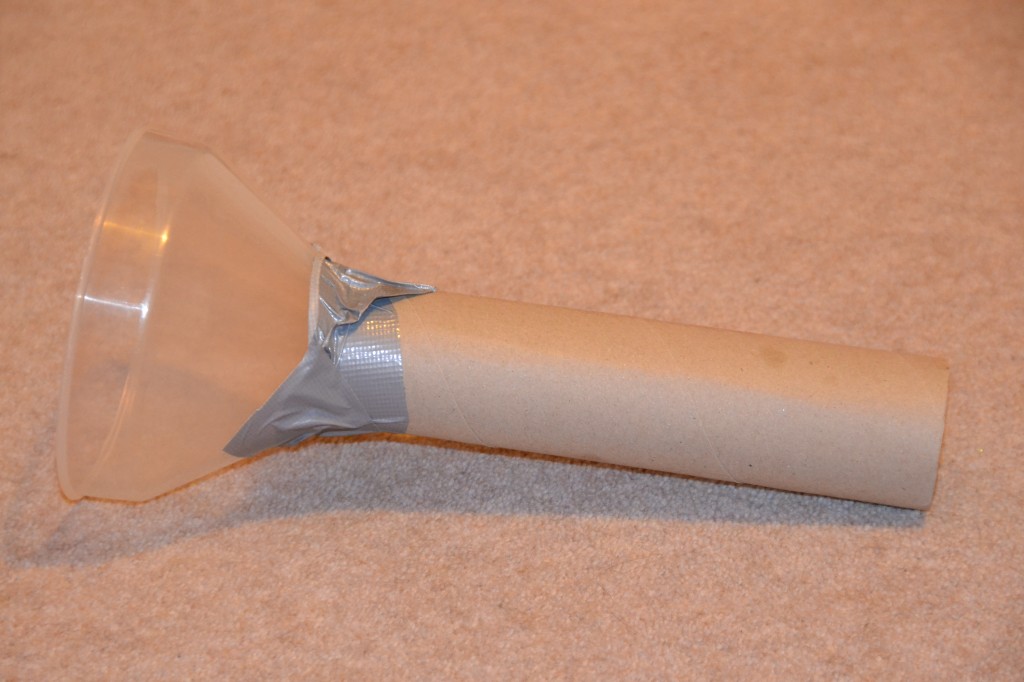
How to make a stethoscope
What you need:
Kitchen roll tube
Gaffer tape/ Duct tape
Small funnel
Instructions
First, try using just the kitchen roll tube. Place on a friend's chest and listen. Can you hear their heart beating?
Next, tape the funnel to one end of the kitchen roll. Listen to a friend's chest again. Does it sound clearer?
Make a prediction - what do you think would happen to your heart rate if you did some star jumps? hint - will the heart have to beat faster?
Try counting the number of beats before and after some exercise. Can you record this data on a chart?
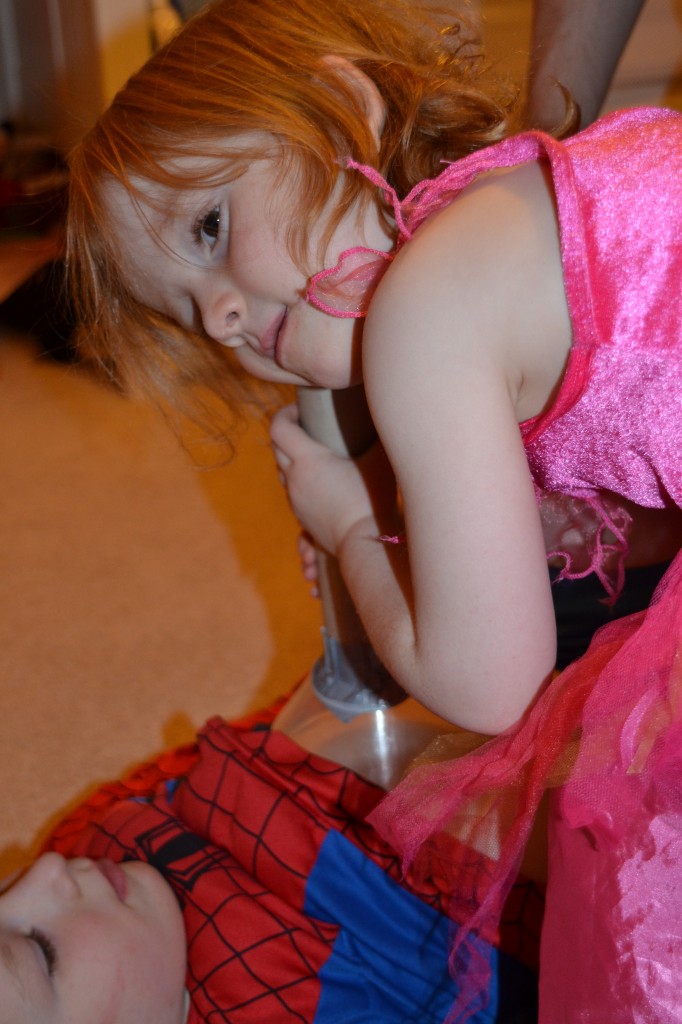
How does a stethoscope work?
Stethoscopes used by doctors consist of a chest piece, rubber tubes and earpieces. The chest piece has a diaphragm and bell, which amplify the sound of the heart beating so the doctor can hear it.
Download our FREE stethoscope experiment printable here:
Extension activity
How could you make the stethoscope better? What if you used a hose with a funnel at each end? Or different-sized funnels? Which do you think would work the best?
Complements KS2 Science
Learning about the body, planning experiments and making predictions.
More human body science for kids
Find out how exercise affects heart rate with a simple investigation.
Make a model brain with play dough to learn about the different hemispheres.
Learn about the human body with my fun collection of ideas, including making a model lung, drawing body parts and more.
If you enjoyed this activity, don't forget to check out my other playful science ideas.

Last Updated on March 18, 2025 by Emma Vanstone
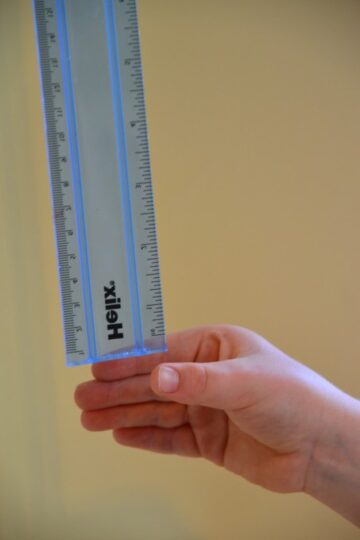
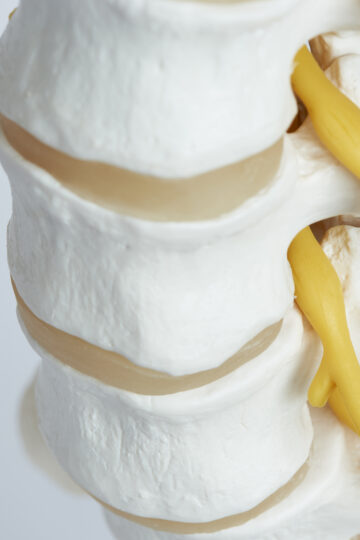
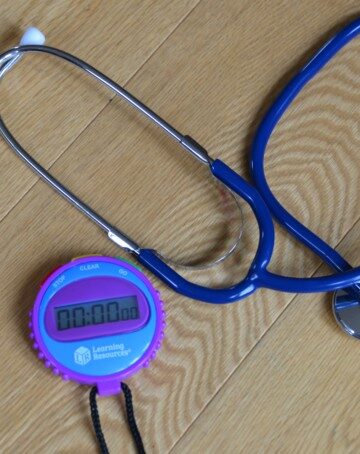
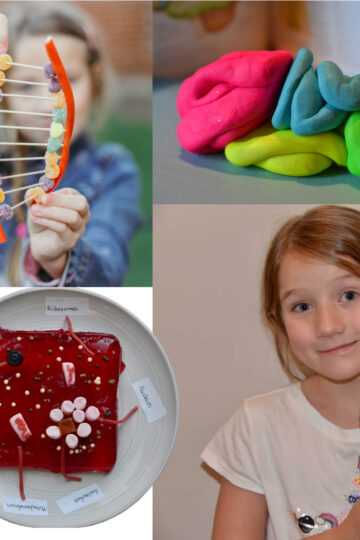
Aleacia says
This is so neat and simple! My girls just recently got to hear our puppies heartbeat at the Vet's office and they were thrilled. I bet they would love to try this. I wonder if they'd be able to hear the baby I'm expecting's heartbeat...time for a science experiment!
Deborah says
You know, I think this would be a wonderful way to explore sound in general. I think you should rename this as a sound machine or listening machine:) We purchased little phones that let the children hear their own voices. The goal is so they can begin to hear the sound they make when working on phonics or phonemic awareness. Your stethoscope reminds me just a bit of our phones.
maryanne @ mama smiles says
I love the simplicity of this! And that Spiderman is getting a checkup 🙂
Cerys @ Rainy Day Mum says
This is fantastic I'm going to be making one to help T understand what the doctors are doing with her.
Thank you so much for linking up to Tuesday Tots and just to let you know I will be featuring this over on Rainy Day Mum this week.